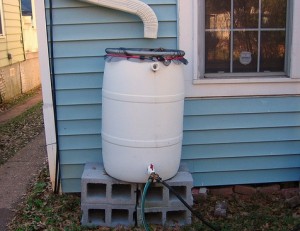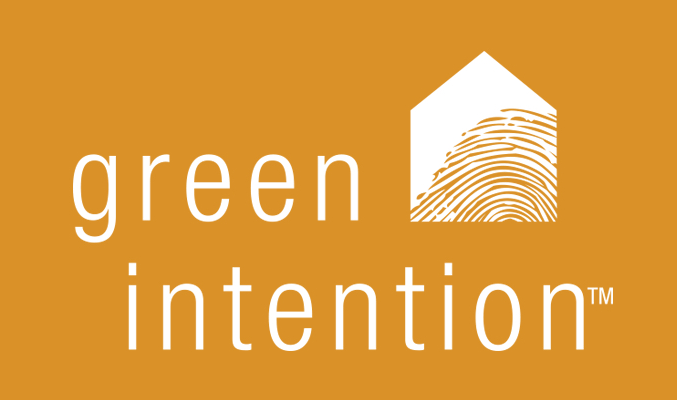 We have now entered the fourth section out of eight — definitely making progress: Water Efficiency (we need a minimum of three points total in this section). According to the LEED for Homes Reference Manual, approximately 340 billion gallons of fresh water is withdrawn per day from rivers and reservoirs to support residential, commercial, industrial, agricultural, and recreational activities. Personally, I have no idea if that is too much, too little, or what that means. But the scary piece is the “water deficit” — it is estimated that Americans extract 3,700 billion gallons per year more than they return to the natural water system to recharge aquifers and other water resources. That does not sound very sustainable.
We have now entered the fourth section out of eight — definitely making progress: Water Efficiency (we need a minimum of three points total in this section). According to the LEED for Homes Reference Manual, approximately 340 billion gallons of fresh water is withdrawn per day from rivers and reservoirs to support residential, commercial, industrial, agricultural, and recreational activities. Personally, I have no idea if that is too much, too little, or what that means. But the scary piece is the “water deficit” — it is estimated that Americans extract 3,700 billion gallons per year more than they return to the natural water system to recharge aquifers and other water resources. That does not sound very sustainable.
In Minnesota, the Land of 10,000 Lakes, many people don’t think water availability is an issue. I do think it’s important in any case, but it points to the regional differences when considering LEED Certification. Many places, like Tucson and San Francisco, most likely have more stringent requirements than LEED does.
The first sub-section is called Water Reuse (the other two sub-sections concern irrigation and indoor water use). There are no prerequisites. We could get up to 4 points if we were to:
Design a rainwater harvesting and storage system (including surface runoff and/or roof runoff) for landscape irrigation use or indoor water use. The storage system must be sized to hold all the water from a 1-inch rainfall event (equivalent to 0.62 gallons per square foot of roof area used for capture), taking into consideration the size of the harvest system).
I have to say this initially was an area of disappointment for me. I had brought up the idea of a rainwater harvesting system to our architect and landscape architect, and there were really two issues. First, we have a really wet lot, and in order to hold a large storage tank or cistern, we would have had to put pilings in to support its weight — which is very costly.
Second, though, I think the design professionals we hired just did not want to look at rain barrels, because they are, frankly, ugly. When I researched this option more extensively, it was too late to install something that like rain barrel-type containers underneath our patio — which would be hidden and therefore not an eyesore. Whatever form the storage tank is, each system also requires a catchment area, a conveyance system (like gutters), and a distribution system (piping an pumps). Because these systems are not installed frequently, I don’t think anyone really wanted to do it. I was guilty of that too, because the maintenance and cost of these things scared me. What about the filter? What if it gets clogged with gunk? What happens when it freezes? It just did not seem practical for our home, so we didn’t do anything about harvesting rainwater.
We are currently considering rain barrels at the base of each of our two gutters, which could hold 50 gallons each. Let’s do the math. If 0.62 gallons of rainwater falls on one square foot, and our roof is about 1,800 square feet, then 1″ of rain results in over 1,100 gallons of water. The rain barrels, then, are just a drop in the bucket in terms of catching stormwater runoff. So to speak. And they are still ugly.
So, no points for Water Efficiency yet.
Water Efficiency points so far: 0
Cumulative points: 26
Additional points needed to get to Gold: 62
